Benefits of Ubuntu Operating System
Ubuntu Operating System
It is available in several distributions, including Fedora, Debian, and CentOS. These are operating systems built on the Linux kernel, sometimes known as "distros," and one of the most well-known of them is Ubuntu. It is installable on both servers and desktop machines. Ubuntu is open-source, in contrast to proprietary software. This implies that users can change the code, make as many copies as they like, install them wherever, and distribute the customized version. Ubuntu does not require a license purchase.
Describing Ubuntu
In 2004, the British firm Canonical unveiled Ubuntu. Ubuntu was consequently suggested as a user-friendly substitute. This essay will go through what Ubuntu is and a few of its appeals. We'll also look at how Linux and Ubuntu vary from one another. It's also a popular option for those just starting with Linux.
A Linux distribution is what? It is an operating system constructed from Linus Torvalds' 1991 UNIX-like Linux kernel. Most Linux versions are excellent alternatives to well-known operating systems like Windows and macOS since they are often free and open source. South African-British developer and entrepreneur Mark Shuttleworth founded the Ubuntu Foundation in 2004. Debian, the most well-liked Linux distribution at the time, needed to be more user-friendly for him, so he set out to make one that was. However, the Ubuntu Foundation sought to address the issue that it was infamously hard to install.
What Are the Differences Between Ubuntu and Linux?
It makes it possible for hardware and software components to communicate. Based on Unix, Linux is constructed around the Linux kernel. It was first accessible in 1991 and works with PCs, laptops, embedded systems, web servers, and game consoles. It is available in several variations known as distributions.
Ubuntu: Why Do People Use It?
Let's examine all the potential justifications for why Ubuntu could be worthwhile.
Friendliness to Users
Ubuntu does an excellent job accomplishing the same as an operating system designed to introduce Linux to newcomers. With GNOME, you may easily and attractively communicate with your computer. Consider the Linux kernel as the canvas and the DE as a painting on top of it.
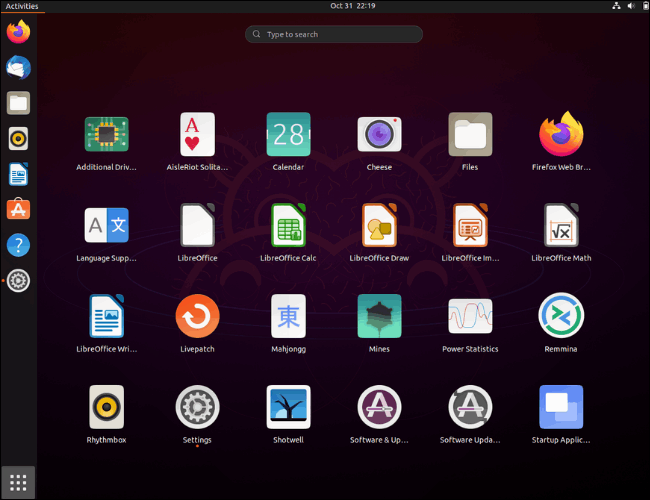
Several "flavours" of Ubuntu are available that ship with different desktop environments, including KDE, LXQt, MATE, and Xfce. Ubuntu is a more adaptable operating system because it gives new users a lot of freedom to experiment with several DEs and choose the one they like the most.
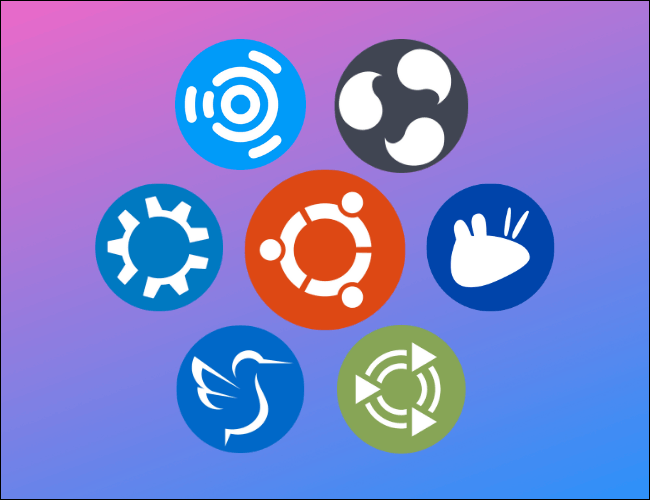
Generally, a newbie may get by with plain old Ubuntu and GNOME. However, give Ubuntu MATE, Lubuntu, or Xubuntu a try if you have an outdated computer that has trouble running current software. If you need help deciding which DE to use, check out our guide on choosing the best version of Ubuntu.
Ubuntu's user interface is based on Linux desktop environments. GNOME has been the standard one since Ubuntu 17.10. GNOME uses icons to make navigating easier rather than cluttering the screen with explanations.
The Activities panel is present by default in GNOME on the left taskbar. A detailed overview of all programs may be seen by selecting the grid button located in the lower-left corner of the screen. All settings and application aspects are available from the main screen, simplifying system navigation.
Security and Privacy
When we refer to an operating system or piece of software as open source, we mean that anybody can add code or modify it. Thousands of individuals collaborate with engineers to close security gaps and address problems.
However, there have been times when the community strongly criticized Ubuntu. Canonical incorporated Amazon applications and search features inside Ubuntu 18.04's operating system. Currently, Amazon is a less reputable firm in terms of privacy, and the preloaded Amazon store frequently recommends affiliate links to consumers to generate money. Some users still use earlier Ubuntu versions and still have the programs installed, even though it was removed from newer Ubuntu versions.
Additionally, Ubuntu can gather use, location, and hardware information (RAM, CPU, GPU). However, you can decline either during installation or afterward in the settings. Ubuntu is open-source and is regularly checked and reviewed by its users. Because of this, any security flaws may be found and fixed immediately. Comparing Linux distributions to other operating systems, they often have fewer security issues.
Additionally, Ubuntu uses AppArmor, a kernel improvement that controls the resources and behavior of apps. When you insert profiles into the kernel, it functions. These are text files that contain access rules specific to each program. Since apps don't have infinite rights, AppArmor can reduce the severity of security breaches.
Additionally, Ubuntu supports several security practices, including the automatic installation of security updates, the use of sudo rather than the root Linux user, the use of complex passwords, the establishment of VPN servers, the use of ufw to configure firewalls, and the activation of iptables.
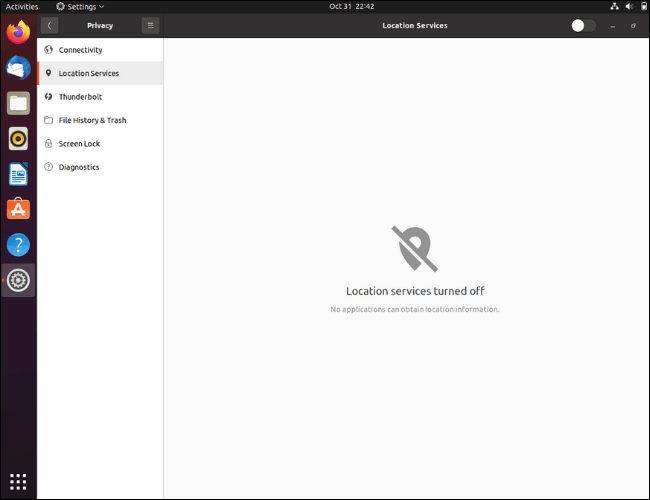
Apps and software
Chrome, Slack, VSCode, Spotify, and other widely used programs are also accessible on Ubuntu. These programs are also available for Windows and macOS. The operating system comes with a shop named "Ubuntu Software" that enables quick app searches and installation. Even if you are unable to locate your preferred programs, you can come across alternatives that you wind up preferring.
Most well-known macOS and Windows programs, including Slack, Spotify, and Firefox, are also accessible to Linux users and may be installed through the Ubuntu Software Center. Even if you are still looking for the desired program, a good substitute probably exists. Libre Office, for instance, performs equally well as Microsoft Office.
Snapcraft is an alternative you have besides the Ubuntu Software Center. It is a Canonical-created program that includes open-source and paid software products for Linux-based operating systems. The fact that Snapcraft uses the snapd daemon, which automatically updates and verifies apps, is a significant benefit.
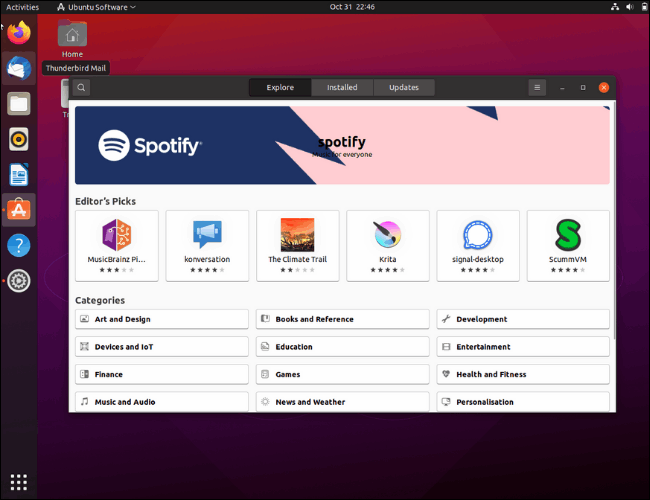
The fact that you can only install programs in Snap format is one of the limitations of utilizing Ubuntu Software. While snap installations offer certain benefits, they are typically sluggish and take up much more disc space than standard software installs. As a result, some Linux users are unwilling to run Ubuntu.
You're not limited to utilizing Snaps solely, so don't worry. The majority of well-known Linux applications include a DEB installation file. Consider DEB to be the same as a Windows EXE or Mac AppImage file. Download it, double-click it to open it, and then select "Install" to complete the process. Ubuntu features a data privacy policy, much like any other operating system. Regarding the handling of personal information, Ubuntu adheres to the following four basic principles:
Ubuntu only asks for personal information if it requires it to comply with the law or preserve its rights. It never discloses the information it collects to other parties for direct marketing reasons. Other than where it's necessary for the administration of services, the delivery of goods, compliance with the law, or the protection of its rights, Ubuntu doesn't retain any personal information. Along with location and use statistics, Ubuntu also gathers certain hardware information. You can always stop it from doing that, though.
Some Ubuntu Varieties Are Compact
Operating systems based on Ubuntu are very light, such as Ubuntu MATE, Xubuntu, and Lubuntu. Installing Ubuntu MATE on an outdated machine that is collecting dust and unable to run the most recent version of Windows might give it new life.
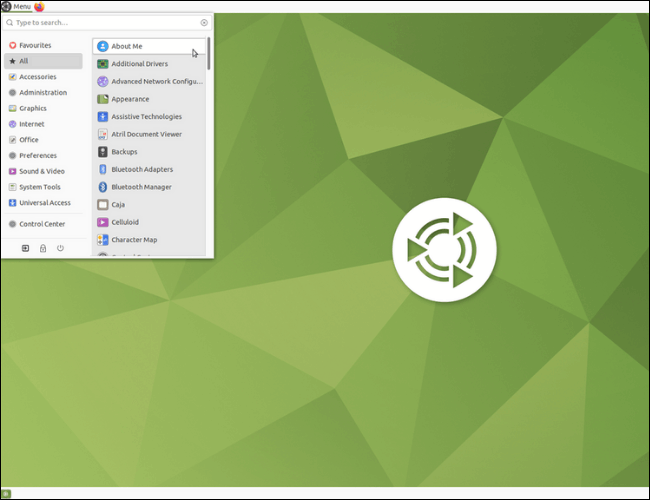
GNOME requires more RAM to function properly since it is a more contemporary and powerful DE than the others. It requires more RAM than the above versions, which need about 1GB, at least 2GB.
Use of Ubuntu is free.
In contrast to Windows, Ubuntu is a free and ad-free operating system. You can test out Ubuntu if you recently bought a new computer that you plan to use for simple chores as opposed to purchasing a Windows subscription.
Portable Performance
Ubuntu is not a resource-intensive operating system and works well on older hardware. Less than 1 GB of RAM is required to operate the basic interface. Additionally, several Ubuntu desktop environments are significantly lighter. For instance, Lubuntu can function on computers with only 512 MB of RAM.
MacOS Big Sur and Windows 11 require a minimum of 4 GB of RAM to function, although Windows and macOS demand a lot more resources. This is due to the resource-intensive user interfaces (UIs) that are built into these operating systems and include cutting-edge capabilities.
Without charge
Windows must be installed on the machine you buy, or you must buy a license, which starts at $139 per license. Mac devices already have macOS pre-installed; it is not a separate purchase.
The Best Distribution for Learning Linux
Most well-known programs may be easily launched, and installation is simple. There are disadvantages to moving to Linux, though. Even if Snap and privacy are among Ubuntu's shortcomings, it's still a great operating system for Linux beginners.
Various distributions are based on Ubuntu if you don't end up loving it, exactly as how Ubuntu is based on Debian. Pop! OS is one of the widely used Ubuntu-based distributions. You may also give Linux Mint a go since many users prefer it over Ubuntu. The fact that Linux Mint doesn't come with Snap and that you may purchase it with the desktop environment Cinnamon, which many people prefer over GNOME, contributes to its popularity.
Ubuntu's features
The following are some of Ubuntu's key characteristics:
- The desktop edition of Ubuntu supports all of the typical Windows programs, including Firefox, Chrome, VLC, and others.
- Users may browse and edit images using a variety of free programs.
- Applications that allow users to share videos and manage videos are also available.
- The clever searching feature on Ubuntu makes it simple to discover stuff.
- The fact that it is a free operating system supported by a sizable open-source community is its strongest feature.
Ubuntu Release Cycle
Canonical publishes two versions of Ubuntu each year, one in April and one in October. The version number often indicates the software's release year. Version 14.04, for instance, makes it clear that it was launched in April 2014. Similar to version 16.03, version 16.04 clarifies that it was published in 2016 and April. Every year, the April build is the one that is the most reliable, whereas the October version experiments with new features a lot.